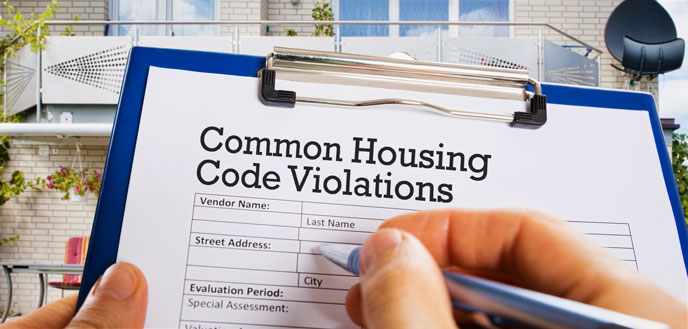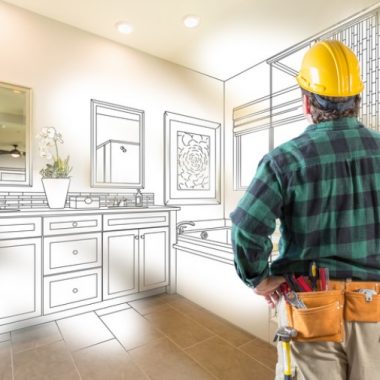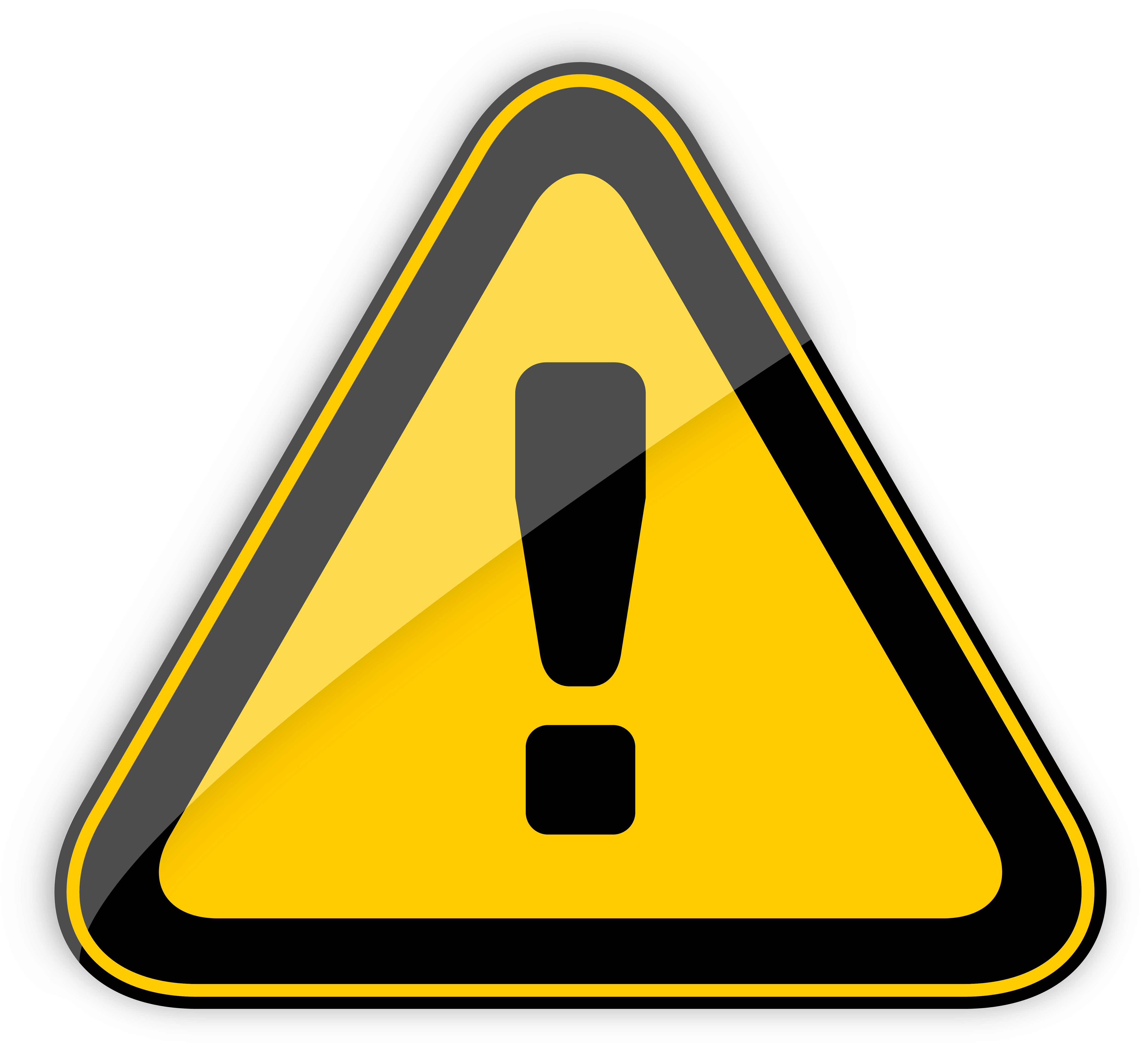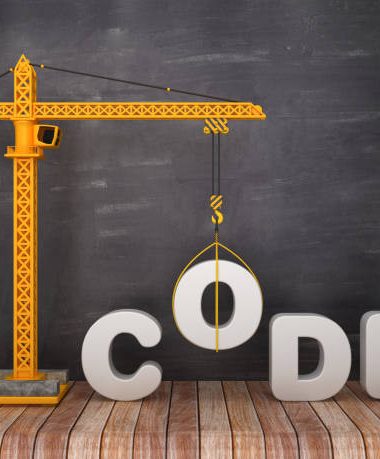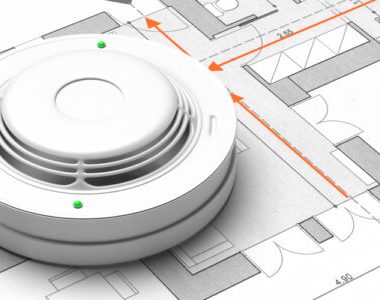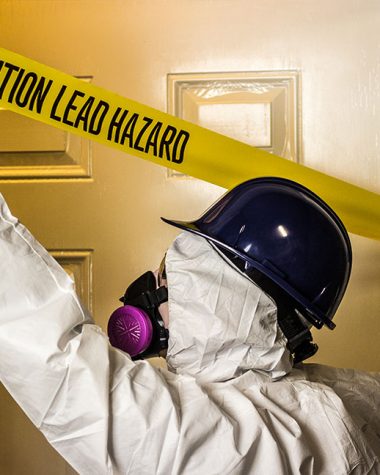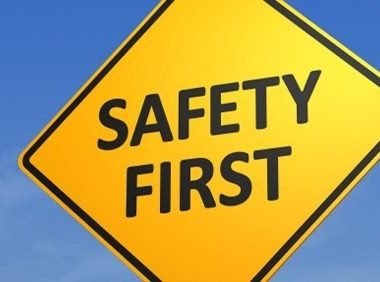Building Code Violations and How to Avoid Them
When it comes to building safety, one of the most important things is avoiding code violations. Building codes are set up to make sure that buildings are safe and built to the highest standards. They cover a wide range of issues, from fire safety to accessibility. If a building is constructed without following the code, it could lead to serious issues down the line. Here, we’ll look at some common building code violations and how to avoid them.
What Are Building Code Violations?
Building code violations are the result of building or renovating a structure without following the rules and regulations of that area. Violations can range from not meeting the minimum spacing standards to installing code-noncompliant fire protection systems. By not following the code, a building can become unsafe and, in some cases, unusable.
Common Building Code Violations
Some of the most common code violations include:
-
- Not having proper permits
-
- Insufficient electrical wiring
-
- Unapproved structural changes
-
- Not meeting the minimum spacing standards
-
- Improper engineer or contractor stamp
-
- Non-ADA compliant hardware
-
- Improperly installed smoke detectors
-
- Improperly sized boilers and furnaces
-
- Inadequate firestop systems
How to Avoid Building Code Violations?
When it comes to avoiding building code violations, there are a few steps you can take to minimize the risk. Some of the most important ones include:
-
- Familiarizing yourself with the local building and safety codes
-
- Only hire qualified and experienced contractors who are knowledgeable in the codes
-
- Inspect the work regularly to ensure it meets the specifications of the codes
-
- Ensure that all permits are up to date and valid
-
- Get the appropriate level of inspections done to ensure that the code is being met
-
- Have a knowledgeable professional do a final inspection before occupancy
-
- Make sure that all employees are adequately trained on the codes and regulations
-
- Maintain records of all inspections, permits, and compliance documents
What Are The Consequences of a Building Code Violation?
The consequences of a code violation can depend on the severity of the violation and the jurisdiction in which the violation is taking place. Generally, some of the consequences that may be faced include:
-
- Monetary fines or fees
-
- Legal action, including civil and criminal penalties
-
- Issuance of a stop work order or a partial or total demolition
-
- The suspension or revocation of licenses or permits
What To Do if You Receive a Citation for a Building Code Violation?
If you receive a citation for a building code violation, it’s important to take action quickly to prevent further issues. Some of the steps you should take include:
-
- Understanding the citation and the reason for it.
-
- Responding promptly to the citation with any necessary action or documentation.
-
- Working with a knowledgeable professional, such as an architect, engineer or contractor, to ensure that the violations are corrected or mitigated.
-
- Keeping accurate and comprehensive records of all actions taken.
-
- Submitting all necessary paperwork to the appropriate governmental agencies.
-
- Following up with the appropriate agency to ensure that the matter has been resolved.
Conclusion
Code violations can be costly, both financially and in terms of time. By understanding building codes and taking action to ensure compliance, you can prevent issues and keep your building safe. Building Code Violations and How to Avoid Them is essential for a safe and successful project. With a little knowledge and effort, you can ensure that your building is compliant with all codes and regulations.
What is considered a building code violation?
Building code violations refer to violations of local, state, or federal code regulations related to the construction, alteration, maintenance, or repair of residential and publicly-used buildings. Examples include failure to follow local zoning regulations, unsafe building materials, and incorrect installation of fire safety systems.
What are some common building code violations?
1. Unsafe electrical wiring: inadequate wiring, incorrect circuit breaker size, or improperly installed light switches and other outlets.
2. Unsafe plumbing: insufficient piping for draining, incorrectly installed fixtures, or improper connections in gas lines.
3. Poor ventilation: insufficient air flow or heat exchangers that are not up to code.
4. Unsafe stairs: improper stair widths, lack of handrails, and stairs that may be too steep or too narrow.
5. Structural problems: inadequate support beams or foundations, load-bearing walls that are not built according to plan, or materials that are not strong enough for the job.
6. Lack of smoke and carbon monoxide detectors: detectors should be installed on each level of a building and near all bedrooms.
7. Missing exit signs: these are needed to help people navigate their way out of the building in case of an emergency.
8. Fire hazards: blocked fire exits, an overloaded electrical system, or combustible materials that are not stored properly.
What are the consequences of violating building codes?
The consequences of violating building codes can vary depending on the jurisdiction, but they may include fines, jail time, or both. In some cases, bodies that oversee building codes may require developers to pay for costly repairs. In extreme cases, violations can lead to the demolition of a structure. In addition to legal ramifications, code violations can create safety hazards and reputational damage.
